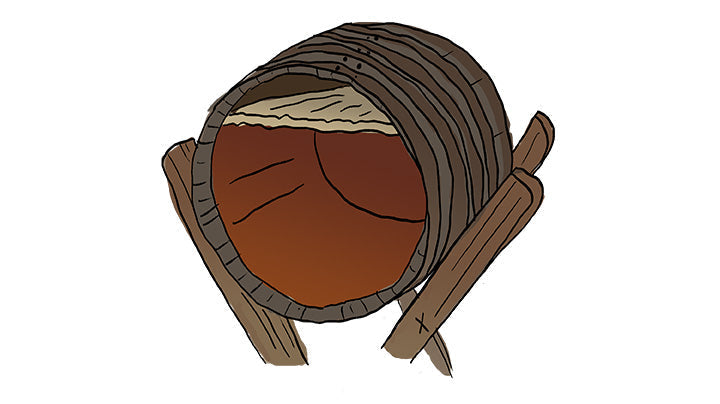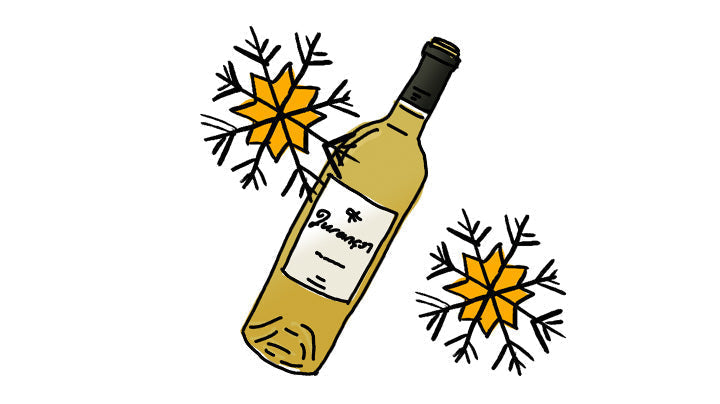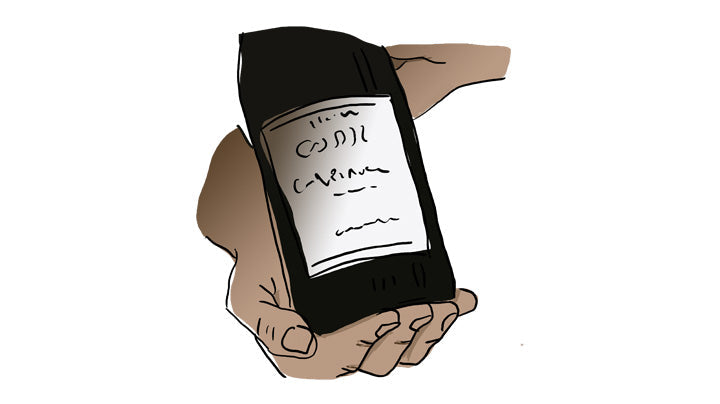Mating disruption: a sustainable approach to combat grapevine moths
Grapevine moths are a persistent challenge for winegrowers worldwide. Fortunately, there is a sustainable solution: mating disruption, also known as sexual confusion or "confusion sexuelle" in French. This biocontrol method is gaining popularity, particularly in organic and biodynamic viticulture.
Why fight grapevine moths?
The damage caused by grapevine moths goes beyond the immediate feeding of larvae on grape clusters. When larvae infest the fruit, they create entry points for rot and other fungal diseases, compromising the quality and yield of the entire harvest.
How mating disruption works
Mating disruption involves releasing artificial pheromones into the vineyard. These pheromones mimic the natural chemicals emitted by female moths to attract males. By saturating the atmosphere with these synthetic signals, male moths struggle to locate their female counterparts, significantly reducing successful mating and, in turn, the pest population.
In practice, small cases containing the artificial pheromones are strategically placed throughout the vineyard. The process begins after pruning in March, ensuring that the pheromones are in place before the moths’ active mating period. This proactive approach helps protect the grape clusters during the critical growing season.

A method aligned with sustainable practices
Mating disruption is particularly appealing for vineyards committed to organic and biodynamic practices. Unlike synthetic pesticides, pheromone-based solutions do not harm beneficial insects or disrupt the natural ecosystem of the vineyard. This method aligns with the principles of sustainability, making it an excellent choice for environmentally conscious winemakers.
A real-world example
Château Maris, a biodynamic vineyard in the south of France, has successfully implemented mating disruption to combat grapevine moths.














